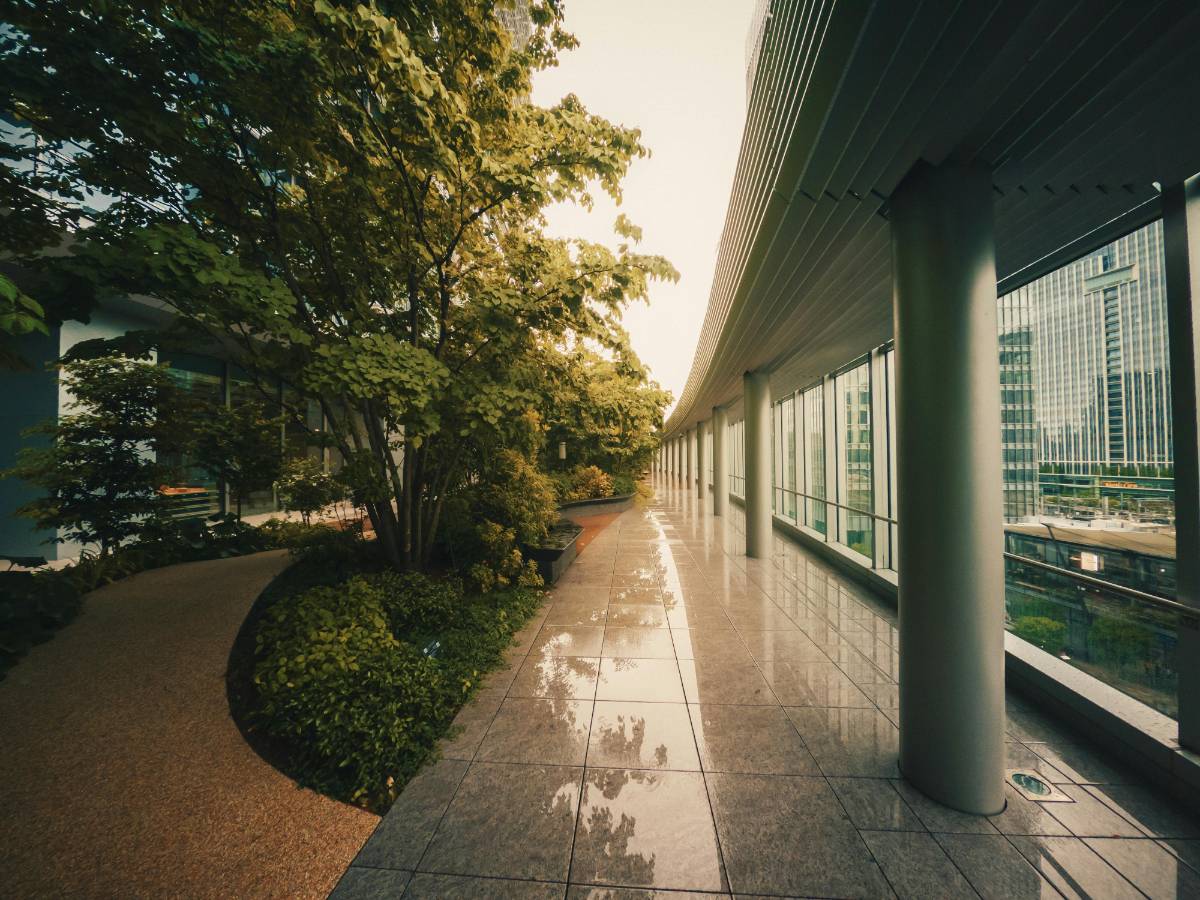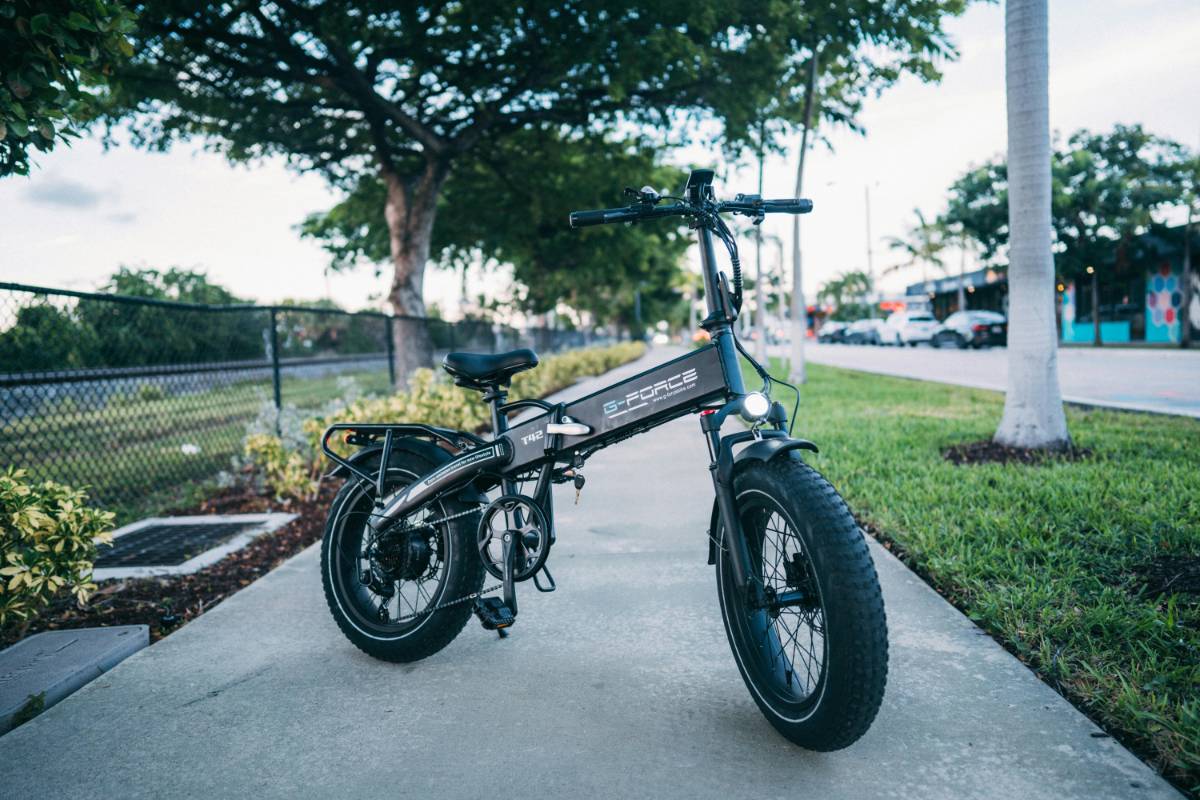
Sustainable Design for Urban Spaces: A Path to Eco-Cities
As urbanization accelerates, the need for sustainable design in urban spaces has become more critical than ever. Cities are responsible for significant energy consumption and greenhouse gas emissions, making eco-friendly urban planning essential for a sustainable future. This article delves into strategies and innovations that are transforming urban spaces into eco-cities that prioritize environmental sustainability and quality of life.
Green Infrastructure
One of the cornerstones of sustainable urban design is the integration of green infrastructure. Green roofs, vertical gardens, and urban forests enhance air quality, reduce urban heat islands, and promote biodiversity.
These elements not only provide environmental benefits but also improve the aesthetic appeal of urban spaces, creating more inviting and livable environments for city dwellers. Additionally, green infrastructure helps manage stormwater, mitigating the risk of flooding in densely populated areas.
Smart Mobility Solutions
Transportation is a significant contributor to urban pollution. Sustainable urban design incorporates smart mobility solutions such as electric public transport, bike-sharing programs, and pedestrian-friendly layouts to reduce dependency on fossil fuels.
Integrated transit systems and the adoption of autonomous electric vehicles further contribute to efficient and eco-friendly urban mobility. By prioritizing accessibility and reducing traffic congestion, these solutions enhance the overall sustainability of cities.
Energy-Efficient Buildings
Buildings are a major source of energy consumption in urban areas. Sustainable urban design emphasizes the construction of energy-efficient buildings equipped with renewable energy systems like solar panels and wind turbines.
Passive design strategies, such as natural ventilation, daylighting, and thermal insulation, further reduce energy demands. Retrofitting existing structures with energy-saving technologies is also a key aspect of sustainable urban development.
Waste Management Innovations
Effective waste management is crucial for creating eco-cities. Sustainable urban design incorporates systems for recycling, composting, and waste-to-energy conversion to minimize landfill contributions.
Smart waste management technologies, such as IoT-enabled bins and waste tracking systems, streamline the collection and processing of waste. These innovations ensure efficient resource utilization and reduce the environmental footprint of urban areas.
Water Conservation Strategies
Water scarcity is a pressing issue in many urban regions. Sustainable urban design addresses this challenge through water conservation measures such as rainwater harvesting, greywater recycling, and permeable pavements.
Smart water management systems monitor usage patterns and detect leaks in real time, ensuring efficient resource allocation. Urban planners are also incorporating green spaces and wetlands to naturally purify water and enhance resilience against droughts.

Eco-Friendly Urban Planning
Sustainable urban spaces prioritize mixed-use development, which reduces the need for long commutes and promotes walkability. By integrating residential, commercial, and recreational areas, cities can create vibrant communities that reduce energy consumption and foster social interaction.
Compact city designs, combined with high-density housing, make efficient use of limited land resources, allowing for more sustainable growth and development.
Community Engagement and Education
Creating eco-cities requires active participation from residents. Sustainable urban design includes programs to educate communities about eco-friendly practices and encourage their involvement in sustainability initiatives.
Digital platforms, workshops, and public awareness campaigns play a vital role in fostering a culture of sustainability. By empowering individuals, cities can ensure the long-term success of their eco-friendly initiatives.
Harnessing Technology for Urban Sustainability
Advanced technologies, such as AI and big data analytics, are instrumental in sustainable urban planning. These tools help monitor environmental conditions, optimize resource allocation, and predict future urban development needs.
Smart city initiatives integrate IoT devices to manage energy, water, and transportation systems efficiently, reducing waste and enhancing the overall sustainability of urban spaces.
Resilience Against Climate Change
Sustainable urban design also focuses on resilience against climate change impacts, such as rising sea levels and extreme weather events. Adaptive strategies, such as flood-resistant infrastructure and heat-resilient materials, are crucial for protecting urban populations.
Urban planners are incorporating flexible designs that can evolve to meet changing environmental conditions, ensuring the long-term viability of eco-cities.
Conclusion
Sustainable design for urban spaces is a pivotal step toward achieving eco-cities that balance environmental preservation with the needs of their inhabitants. By integrating green infrastructure, smart mobility, energy-efficient buildings, and community engagement, urban planners can create spaces that thrive sustainably. Embracing these strategies is essential for shaping a future where cities are not only functional but also harmonious with the planet.



